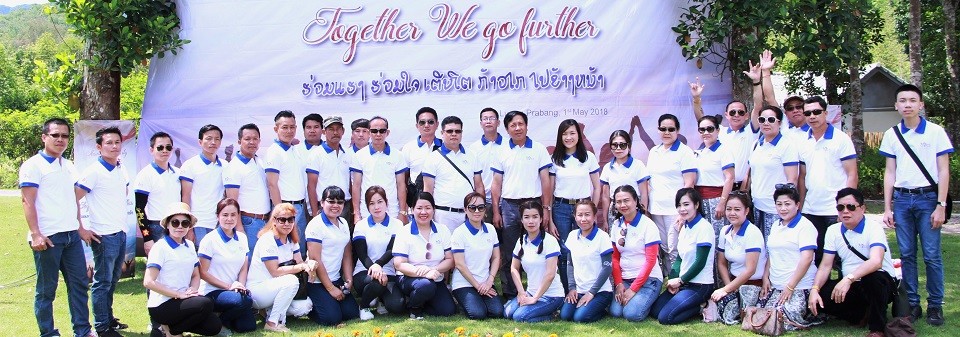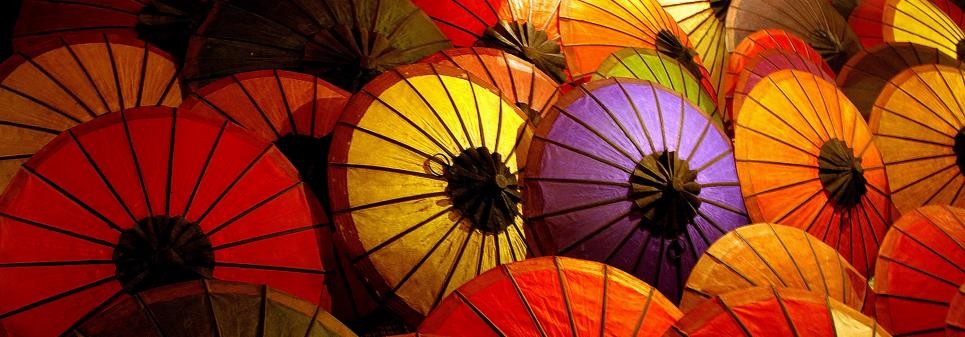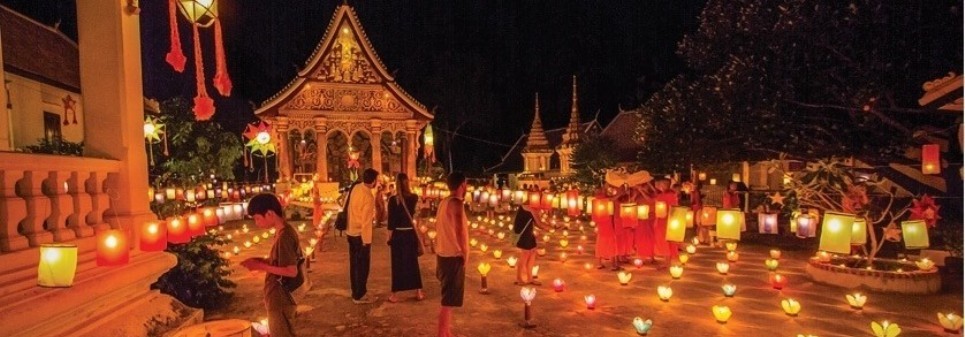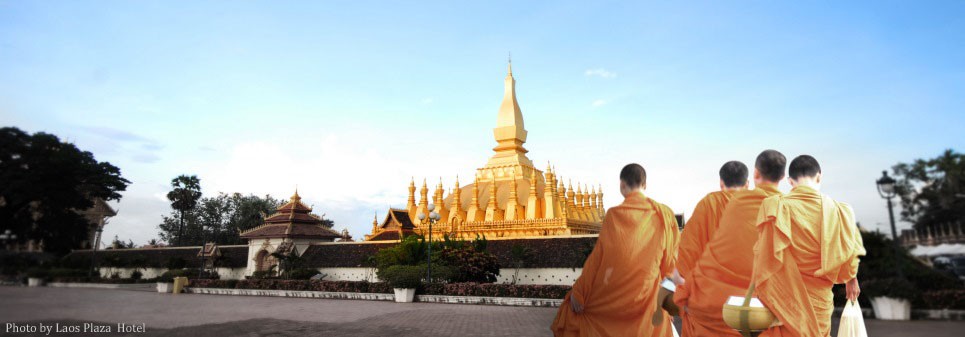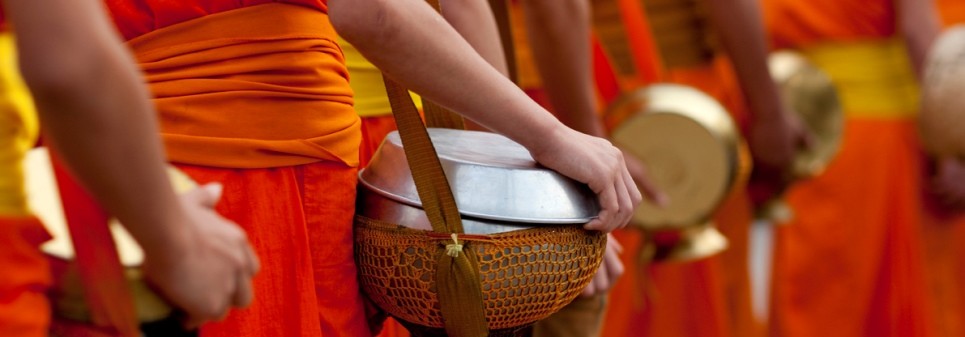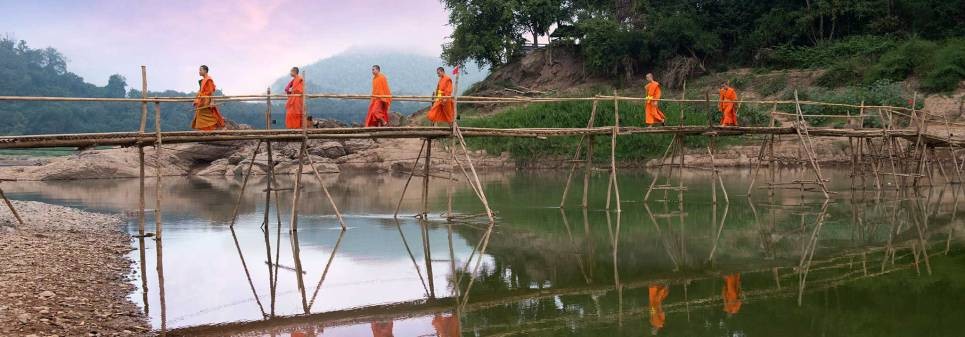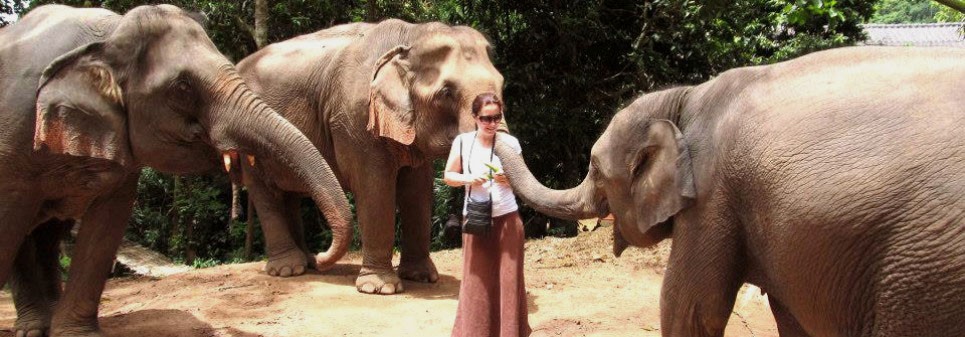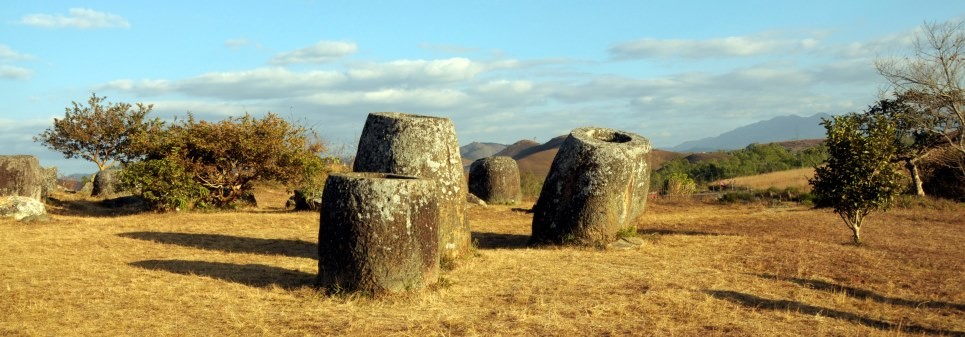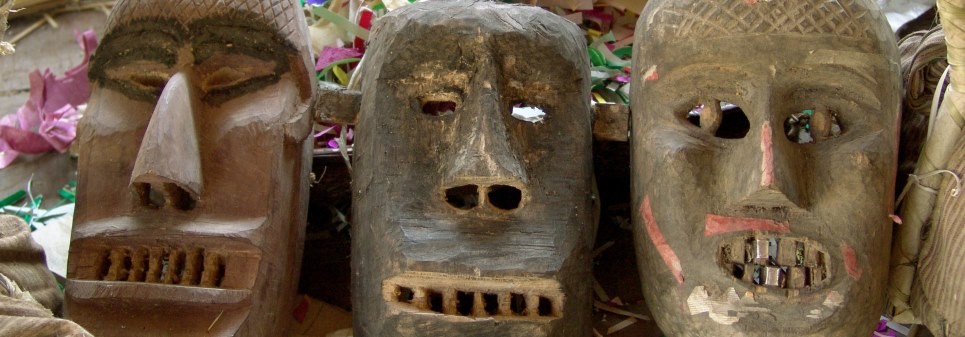Total Area: 21,774 square kilometers.
Population: 906,440.
15 Districts: Kaisone Phomvihan, Outhoumphone, Atsaphangthong, Phine, Sepone, Nong, Thapangthong, Songkhone, Champhon, Xonnabouly, Xaybouly, Vilabouly, Atsaphone, Xayphouthong and Phalanxay.
Capital of the Province: Kaisone Phomvihan
Savannakhet Province is situated in the middle of the country and the largest province (21,774 square kilometers), being bordered by Vietnam to the East, Thailand to the West, Khammouane Province to the North and Salavanh Province to the South. 60% of land is covered by forests. A wide variety of ethnic groups are found in the province: Lowland Lao, Phoutai, Thai Dam, Katang, Mangkong, Vali, Lava, Soui, Kapo, Kaleung and Ta-Oi. In addition, many Vietnamese and Chinese descendants live in the province as well. This fact makes the province rich in cultural and gastronomic diversity.
Savannakhet has long been a center of trade and power. The province is well noted as the birthplace of the Honorable Kaisone Phomvihan, first Secretary of the Lao People’s Revolutionary Party and co-founder of the Lao PDR. His house and a museum documenting his life achievements can be visited in Savannakhet Town. The province’s history, however, goes back long before the time of man.

The area was once inhabited by dinosaurs as evidenced by the bones found in Bang Tang Wai Village and the giant footprints found in Phalanxay, which are documented in the Savannakhet Dinosaur Museum. Remnants of an ancient civilization can be seen at the Stone temple, “Heuan Hin” a pre-Angkorian building located 40km down stream from town along the Mekong. That Ing Hang Stupa, originally built more than 1.000 years ago and later rebuilt by King Saysethathirath in the 16th century, is the province’s most important religious site. Also of interest is the historic library, Hortay Pidok, which is believed to have been built in the 18th century and was traditionally used to house old “Bai Lan” Buddhist scriptures. Of more recent history is the section of the Ho Chi Minh Trail which passes through Savannakhet. Old tanks, guns and other war equipment left behind on the trail can be seen near villages on Route 9 near the Vietnam border.The Phouthai ethnic group, known for its unique silk and cotton weaving, claimsits origin in the province’s Vilabouly District. The Katang ethnic group, which is loved for its famous folk song, Lam Tang Wai, also has traditional lands in Savannakhet. For nature enthusiasts, trekking in Dong Phou Vieng National Protected Area (NPA) provides an opportunity to see rare Douc and Silvered Langurs. Phou Xang Hae NPA has a population of wild elephants as well as distinctive rocky outcrops and vistas. The Eld’s deer, once considered to be extinct in Laos, were rediscovered in 2002 in Xonbouly District and are revered by local villagers. The Province is a hot spot for crocodiles, which inhabit the confluence of the Champhone and Xe Bang Hieng Rivers. Hundreds of stump-tailed macaques, considered sacred by locals, are easily spotted in the 4-hectare Monkey Forest. Giant Asian soft shelled turtles, also considered sacred, can be easily seen in Ban Done Daeng. In Dong Na Tad Provincial Forest, snakes, monkeys and old-growth forest are well protected by the villagers for spiritual reasons. Locally guided tours to the area are available.
Savannakhet is most noted for its weavings, especially Phouthai silk and cotton weaving in Vilabouly District, and ethnic Katang weaving in the Dong Phou Vieng area. The favorite national meat, “sin savanh”, a flat, sweet dried beef sprinkled with sesame seeds, originates from Savannakhet and can be purchased in local markets.
The That Ing Hang Festival is the largest festival of the year and is typically celebrated in December at the time of the full moon.
Source: www.tourismlaos.org
Other provinces, see more at:
CENTRAL OF LAOS
Central of Laos has 03 provinces: Savannakhet, Khamouane and Bolikhamxay. To explore those provinces, read more at:








